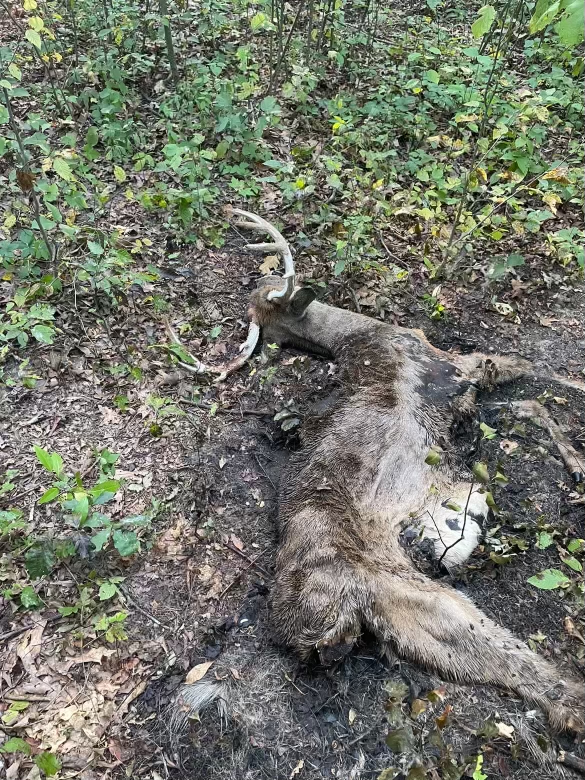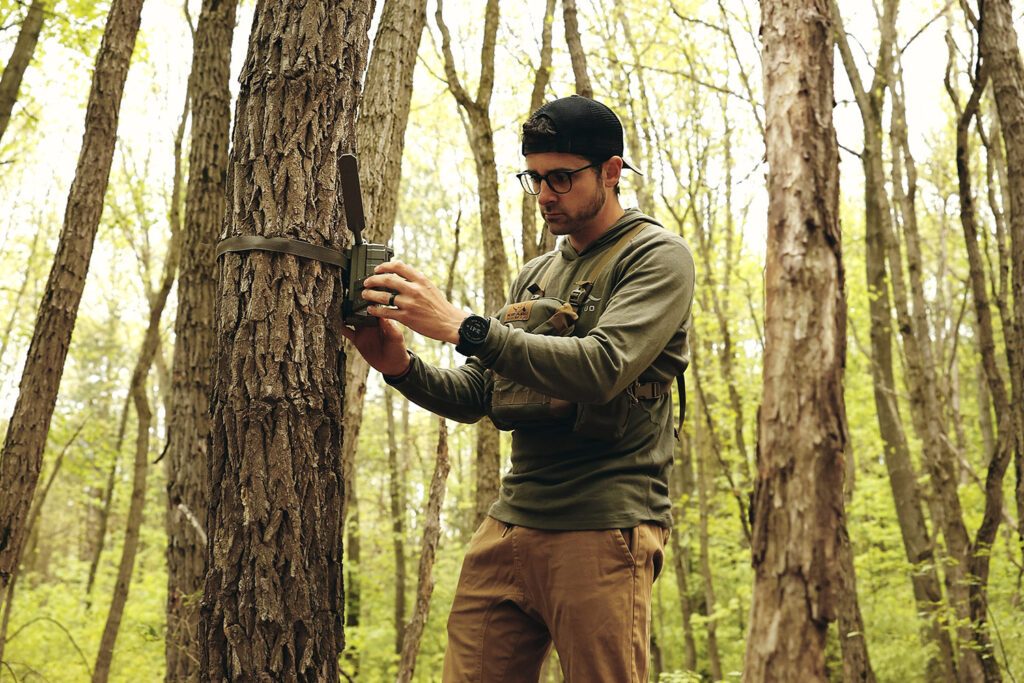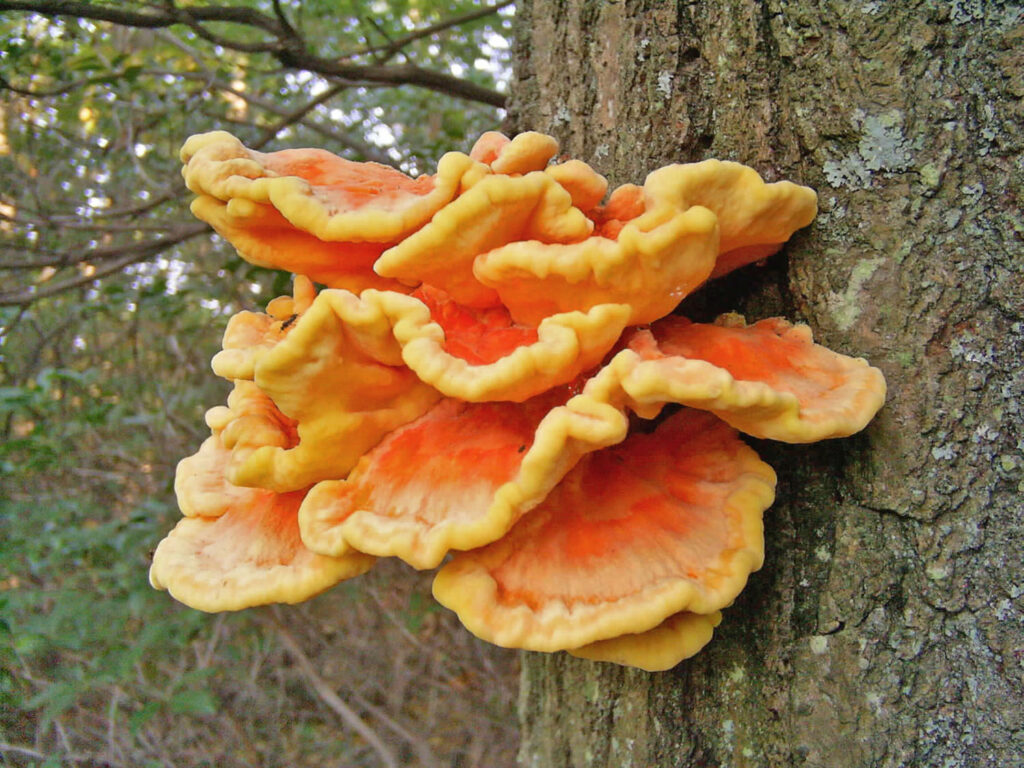I witnessed it firsthand. Last week, I stumbled upon a carcass when setting up a trail cam near a stream. The putrid stench of death was overpowering. This deer died while feverishly trying to cool off in the water. That same week, friends began to send me more photos of rotting deer lying around ponds and streams.
West Michigan’s deer are in trouble. Epizootic Hemorrhagic Disease (EHD) seems to be making a resurgence.
This feels eerily similar to 2012. Back then, EHD wiped out an estimated 15,000 deer in West Michigan. Now, with sightings of dead deer near water sources and a noticeable drop in activity on trail cams, many are worried we’re heading for another disaster. The Michigan DNR has already confirmed EHD is active in St. Joseph County and throughout southwest Michigan, with over 120 deer having fallen victim to the virus in recent weeks.
So what exactly is EHD? Essentially, it’s a virus spread by the biting midge (I’ve always just called them gnats). These flies love that stagnant, brownish water you see all over the place in the early fall, especially during dry patches like the one we’re in. EHD primarily affects whitetails but doesn’t spread from deer to deer. It’s all about these little flies.
Once a susceptible deer gets bit, things move pretty quickly. The virus attacks the infected deer’s blood cells. Internal bleeding ensues, along with a high fever. These deer become almost zombie-like, stumbling around with no fear of humans. It’s brutal and quick. Infected deer are dead within 48 hours.

Folks stumble upon carcasses almost always around a water source. I’ve had friends head out to goose hunt around a pond, only to discover several dozen deer dead on the water’s edge. Feverish deer stumble in to cool off and die.
But there are a few bits of good news to consider. First and foremost, not all deer die from EHD and, though mortality rates may be as high as 90%, the deer that survive seem to build up antibodies which help fend off the disease and may be passed down to their offspring. Also, EHD’s spread is mostly confined to deer, and experts say there’s no risk of it spreading to people or pets.
Why is it hitting now? EHD loves warm, dry weather. Deer spend more time around the stagnant water midges reproduce in. After the 2012 outbreak, we’ve had smaller flare-ups here and there around the state. But with our recent warm summers and extended dry spells, we might be in for another doozy.
It’s too early to know how bad this year’s EHD outbreak will be. The signs aren’t looking good, however, and the DNR is monitoring it closely.
If you happen upon a dead or dying deer, report it to the Michigan DNR Wildlife Disease Laboratory. Note the location, date, and any other details you can. Mapping tools like OnX are handy for this sort of thing, and often state workers rely on the app. This information is crucial for tracking the spread and severity of the outbreak.
EHD outbreaks typically end with the first frost. A nice cold blast kills off the midges and puts the issue to bed. But until then, stay vigilant and keep reporting any signs of EHD. Hunters are often the first sources of information for researchers and wildlife managers.
Let’s hope for a little rain, an early frost, and a quick end to this outbreak.
James Zandstra is an experienced outdoorsman with a passion for the Mitten State. Follow him on X @TheFairChase1.



